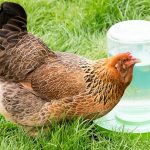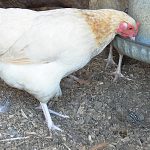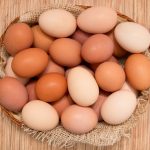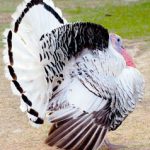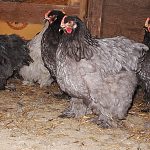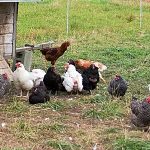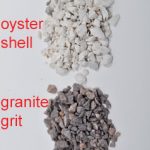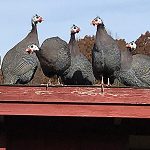
Guinea fowl are notoriously independent, often preferring to roost outdoors at night. They are more likely to perch high on a tree limb or on top of the coop roof, than to sleep inside, where they would be safe from owls and other night prowling predators. Getting guineas to go inside at night is the […]
Continue Reading

